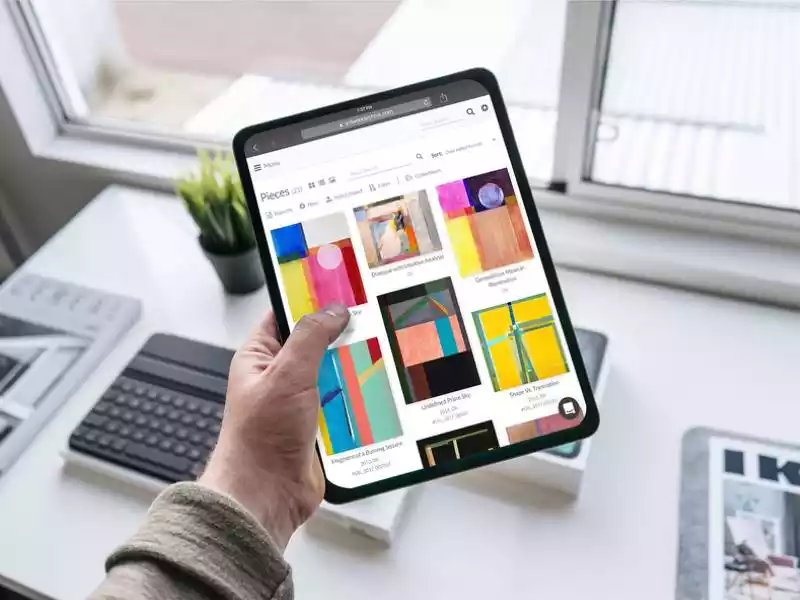
Unlocking Creative Potential with Cutting-Edge Art Management Methods
In the dynamic world of art, creativity is the lifeblood that fuels innovation, fosters cultural growth, and transcends boundaries. However, nurturing and harnessing this creative potential can be a complex endeavor. This article aims to shed light on cutting-edge art management methods that can help artists, art organizations, and enthusiasts unlock their creative potential.
Thank you for visiting Art Institutes, don't forget to subscribe to the Art Institutes Newsletter!
Understanding Creative Potential
Creative potential refers to an individual’s or a group’s ability to generate novel and valuable ideas, solutions, or products within the realm of art. It is a multifaceted concept that encompasses cognitive, emotional, and social dimensions. To unlock creative potential, it is essential to understand that creativity is not a fixed trait but a skill that can be developed and nurtured.
1. Embracing Diversity and Inclusion
One of the most significant factors in unlocking creative potential is embracing diversity and inclusion. By fostering an environment that values and respects different perspectives, art management can encourage a broader range of ideas and stimulate creative thinking. This approach not only enriches the artistic process but also promotes cultural understanding and social cohesion.
Art8 "Webinars for Creatives" https://art8.net
2. Encouraging Collaboration and Cross-Disciplinary Work
Collaboration and cross-disciplinary work are powerful tools for unlocking creative potential. By bringing together artists from different backgrounds and disciplines, art management can create a synergy of ideas that leads to innovative and groundbreaking art. This approach challenges conventional thinking, fosters open-mindedness, and encourages the exploration of new artistic territories.
3. Embracing Technology and Digital Tools
In the digital age, technology plays a pivotal role in art management. From 3D modeling and virtual reality to artificial intelligence and machine learning, these tools can help artists push the boundaries of their craft and unlock new creative possibilities. By embracing technology, art management can empower artists to create immersive, interactive, and engaging art experiences that resonate with contemporary audiences.
4. Providing Resources and Opportunities
Art management plays a crucial role in providing artists with the resources and opportunities they need to thrive. This includes financial support, access to materials, professional development opportunities, and networking events. By investing in artists, art management can help them develop their skills, expand their networks, and unlock their creative potential.
5. Cultivating a Supportive and Empowering Environment
A supportive and empowering environment is essential for unlocking creative potential. This involves creating a space where artists feel valued, respected, and encouraged to take risks. By fostering a culture of open communication, constructive feedback, and mutual support, art management can help artists overcome creative blocks, build resilience, and develop their unique artistic voice.
6. Promoting Lifelong Learning and Continuous Development
Creativity is a lifelong journey, and art management plays a crucial role in fostering a culture of continuous learning and development. This involves providing artists with opportunities for professional development, encouraging self-reflection, and promoting a growth mindset. By nurturing a culture of learning, art management can help artists stay curious, adaptable, and innovative throughout their careers.
Creative Groundbreaking Art
Unlocking creative potential in the art world requires a multi-faceted approach that embraces diversity, encourages collaboration, leverages technology, provides resources, cultivates a supportive environment, and promotes lifelong learning. By adopting these cutting-edge art management methods, we can empower artists to create groundbreaking art, foster cultural growth, and transcend boundaries. As we continue to evolve and innovate, the role of art management in unlocking creative potential will only grow in importance.


